Here’s a first for this blog: A Jeff Jetton original composition! There’s a bit of a backstory to it…
I teach mainly out of the Palmer-Hughes series of method books. They’ve been around forever, and they’re pretty good at introducing concepts slowly, in a mostly-sensible order. But they’re not perfect (few methods are, for everyone), so I wind up making a few tweaks here and there.
Case in point: The introduction of minor chords, about 3/4 of the way through Book Two. They start you off with an excerpt of “Minka”–a simple Ukrainian folk song. Nothing too fancy. Just getting the ol’ fingerbones used to this new set of chord buttons. So far so good.
But then Palmer and Hughes dump you into the deep end of the pool with “Lippen Schweigen”, a stunningly beautiful waltz from Lehar’s The Merry Widow.

At some point I decided there needed to be a tune or two leading up to this. Something fun to play, yet not quite as “leapy” in the left hand as Merry Widow. Maybe something modern, with the same vibe as Yann Tiersen’s Amélie soundtrack, let’s say, but (arguably) even easier?
So I wrote an unabashed Yann Tiersen pastiche, complete with a second accordion part (for the teacher or whomever), and titled it after a street in Paris. You can download it and try it for yourself…
Some hints:
- It’s a fast waltz. Once learned, it should be played somewhere around 180 bpm. (Much, much, muuuuch slower when being learned, of course!)
- Notice that the right hand never changes position. The entire melody is just five notes. I want your brain to have plenty of processor cycles free to pay attention to the left hand!
- The left hand changes chords (and chord qualities) a lot, but it always shifts to an adjacent row. In other words, you only move directly upstairs or downstairs from where you are. You never skip floors.
- That’s a five-note pickup at the beginning. You’ll want to silently/mentally count the quarter-note rest that would fall on beat one before that. Better yet, count a full measure ahead of that, to really internalize where the beats fall: “One-two-three, one-E-D, C-B-A…”
Enjoy!

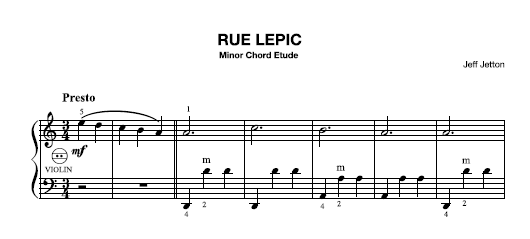
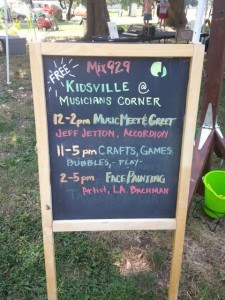
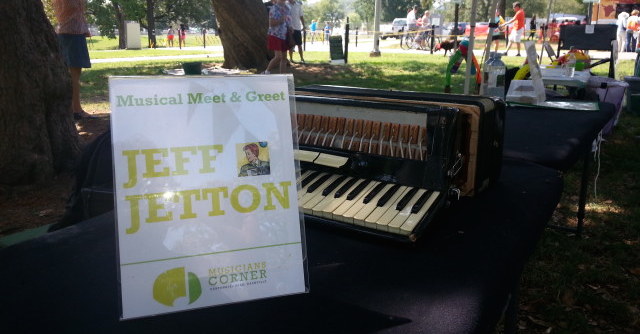

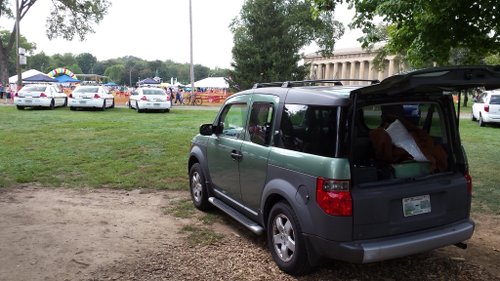


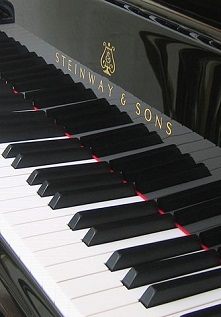 How many people do you know who have the same regret?
How many people do you know who have the same regret?